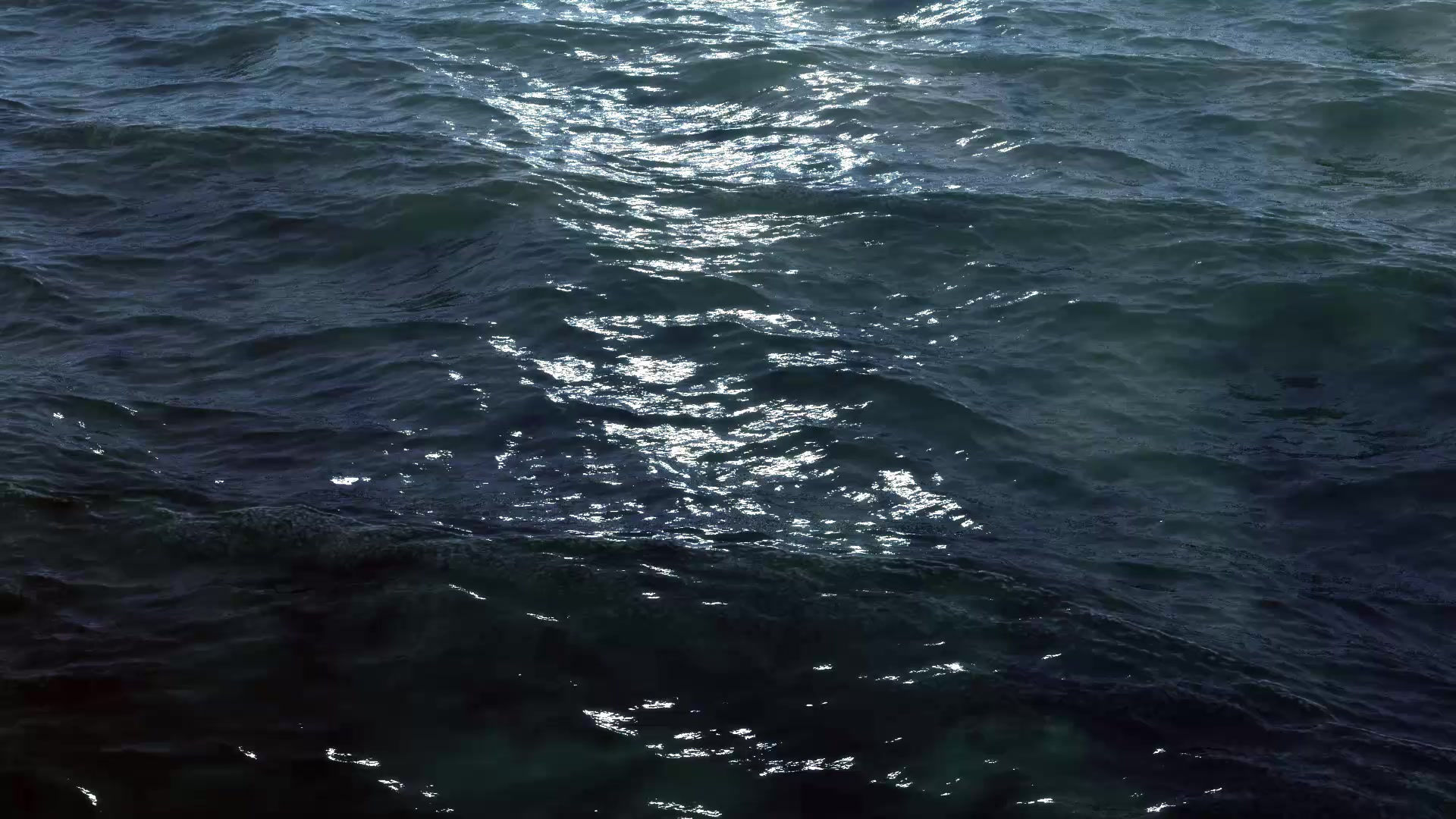

MEDIA ANALYSIS
I will analyze a scene in a film Kekexili: Mountain Patrol that really shook me. There are many Tibetan antelope skins and bones on the ground. I have seen this movie many times, but I feel sad every time.
Check it out!
FILM INTRODUCTION
SCENE
KeKeXiLi: Mountain Patrol was directed by Lu Chuan in 2004. The film is based on a true story that poachers slaughtered Tibetan antelope for its fur in 1985 due to demand from foreign markets. In 1993, local people organized a mountain patrol team. In 1996, a reporter was sent to Qinghai Province to investigate the deaths of patrolmen.
In this film, the media functions as a tool of communication. It advocates the idea of animal protection everywhere. The whole film is in grey tone: the desert does not have people, the mountains have snow, there is bad weather, and the scenes of death all combine to show a strong visual conflict. The film enhances the authenticity of the film by presenting the skin and bones of hundreds of Tibetan antelope. The skeletons give the viewers a more intuitive feeling and arouse people’s desire for the protection of the Tibetan antelope. Everyone felt sorry and resentful as the furs lay on the ground. The government does not fully pay attention and set up the corresponding departments to protect animals and people, and this leads to heavy losses. The media can help to deal with this issue; nowadays, we can see animal protection slogans on TV, in magazines, in advertisements, etc; because of journalists like the reporter in the film, most people can realize the importance of protecting animals more quickly and comprehensively. Most countries have also banned the sale of animal fur.
The media and the public interact with each other. When people are not aware of something, the media will always report these things. As a result of this, the media can guide public opinions and promote social development. The media can tell the public true stories.



